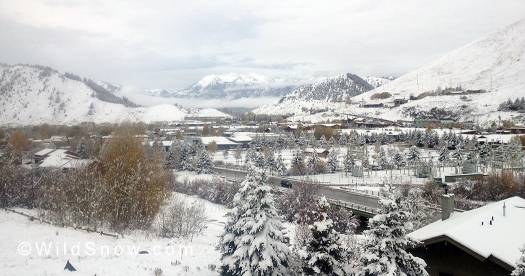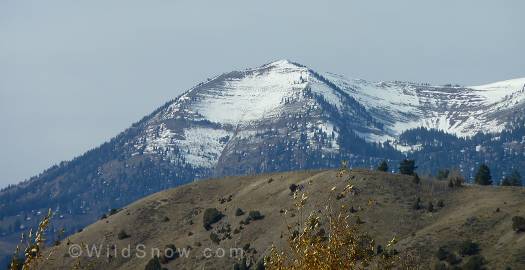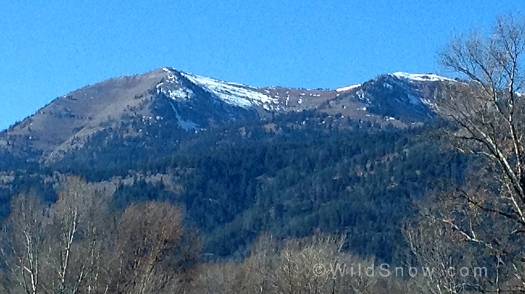It’s mid-September and photos of the South American ski season are everywhere. Between these images and the change in weather, I’m thinking about winter. The hardest part of each winter season for me is knocking off the rust and getting ready for another year of ski touring. Therefore, here are a few prepping strategies for the upcoming snow season:
1. Take advantage of continuing education opportunities.
Each fall, avalanche centers, in conjunction with the American Avalanche Association, put on 1-day snow and avalanche workshops. These workshops are an excellent jump-start for winter prep, safe backcountry skiing travel techniques, tips and tricks for stability assessment, and a reminder of where to find information. You can quiz meteorologists and forecasters about what El Niño is going to mean for your ski season while you check out the latest and greatest in ski gear, shovels, probes and backpacks.
Here’s a list of this fall’s workshops in the United States. If you know of any others please comment and we’ll add:
Oct. 9 — Colorado Snow and Avalanche Workshop, Breckenridge, CO
Oct. 17 — Northern Rockies Avalanche Safety Workshop, Whitefish, MT
Oct. 17 — California Avalanche Workshop, South Lake Tahoe, CA
Oct. 31 — Utah Snow and Avalanche Workshop, Salt Lake City, UT
Nov. 6 — Southcentral Alaska Avalanche Workshop, Anchorage, AK
Nov. 7 — Wyoming Snow and Avalanche Workshop, Jackson, WY
Nov. 7 — Eastern Snow and Avalanche Workshop, Bartlett, NH
Nov. 8 — Northwest Snow and Avalanche Summit, Seattle, WA
2. Take your gear out of the closet and check it over.
Probes can crack, shovels can bend, transceivers can corrode. Check your gear before you even think about traveling in a winter mountain environment. Here’s what I look for:
3) Put together a first aid kit and repair kit.
S*!t happens in the backcountry. You want to be prepared. Taking the time to put together repair kits for people and gear is an effective way to begin thinking about winter. Consider what you can’t improvise and what you can. This is how I streamline my ski touring kits.
Essential pieces in my repair and first aid kit include:
(Extended first-aid and repair kit should include airways and a few doses of your personal prescription drugs. Remember that most first aid items can easily be improvised so don’t go overboard. For example, splints can be fashioned from a variety of equipment and backpack parts, neck collars can be fashioned from foam pads or rucksack waist belts.)
4) Start tracking the weather. If you live near the mountains, take pictures of the peaks when the snow begins to fall. These photos can help you track the snow that sticks around (and could be problematic) and the snow that melts before winter truly sets in.

Early snowfall on Mt. Glory was covered for 2013/2014 on October 29. The north-facing facets that developed early season caused problems later. Knowing where the facets were and where they melted was an important tool for safe travel.
5) Go to avalanche center and search and rescue fundraisers. Help those organizations get ready for winter. They need our support and we need them to keep doing what they’re doing.
6) Sign up for an avalanche safety course. If you took a course recently, sign up for a refresher or the next level of training. If it’s been years since you took a course, take another one. The tools, information, and presentation styles have changed in the last few years. Check it out!
(WildSnow Guest blogger Sarah Carpenter has spent most of her life on skis. She is the co-owner of the American Avalanche Institute and an AMGA certified ski guide. She lives in a strawbale house with her husband, Don, in Victor, ID. A year spent building a house convinced Sarah that backcountry skiing, climbing, and working in the outdoors is easier than working in construction.)


